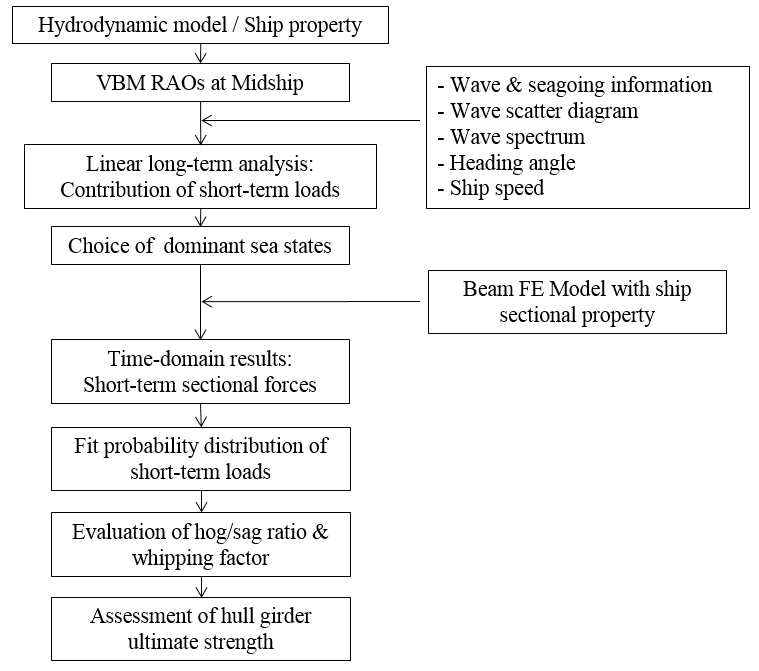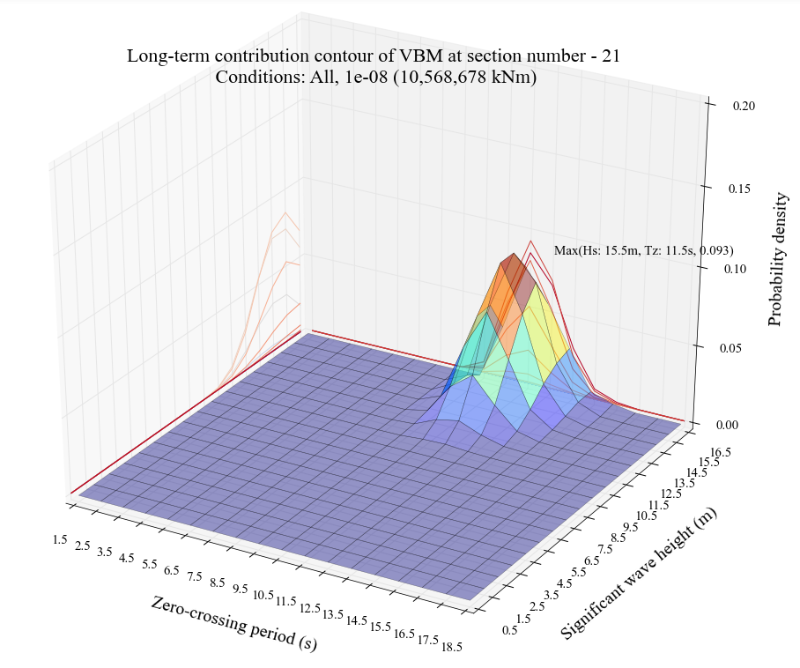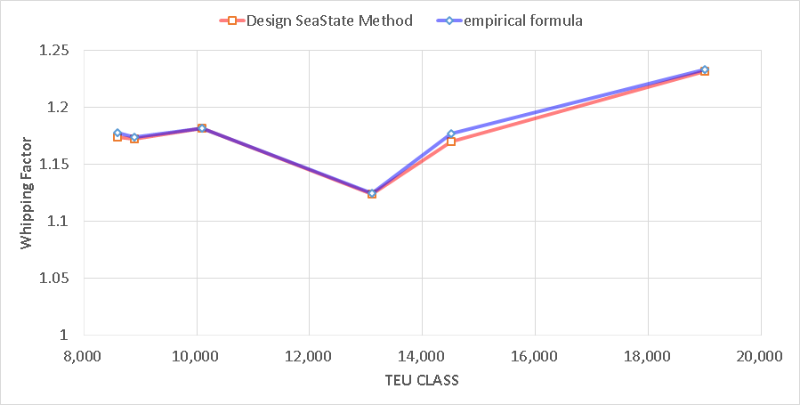 KR Webzine Vol.119
KR Webzine Vol.119
- Dec. 2021
- Nov. 2021
- Oct. 2021
- Sep. 2021
- Aug. 2021
- Jul. 2021
- Jun. 2021
- May. 2021
- Apr. 2021
- Mar. 2021
- Feb. 2021
- Jan. 2021
- Dec. 2020
- Nov. 2020
- Oct. 2020
- Sep. 2020
- Aug. 2020
- Jul. 2020
- Jun. 2020
- May. 2020
- Apr. 2020
- Mar. 2020
- Feb. 2020
- Jan. 2020
- Dec. 2019
- Nov. 2019
- Oct. 2019
- Sep. 2019
- Aug. 2019
- Jul. 2019
- Jun. 2019
- May. 2019
- Apr. 2019
- Mar. 2019
- Feb. 2019
- Jan. 2019
- Dec. 2018
- Nov. 2018
- Oct. 2018
- Sep. 2018
- Aug. 2018
- Jul. 2018
- Jun. 2018
- May. 2018
- Apr. 2018
- Mar. 2018
- Feb. 2018
- Jan. 2018
- Dec. 2017
- Nov. 2017
- Oct. 2017
- Sep. 2017
- Aug. 2017
- Jul. 2017
- Jun. 2017
- May. 2017
- Apr. 2017
- Mar. 2017
- Feb. 2017
- Jan. 2017
- Dec. 2016
- Nov. 2016
- Oct. 2016
- Sep. 2016
- Aug. 2016
- Jul. 2016
- Jun. 2016
- May. 2016
- Apr. 2016
- Mar. 2016
- Feb. 2016
- Jan. 2016
- Dec. 2015
- Nov. 2015
- Oct. 2015
- Sep. 2015
- Aug. 2015
- Jul. 2015
- Jun. 2015
- May. 2015
- Apr. 2015
- Mar. 2015
- Feb. 2015
- Jan. 2015
- Dec. 2014
- Nov. 2014
- Oct. 2014
- Sep. 2014
- Aug. 2014
- Jul. 2014
- Jun. 2014
- May. 2014
- Apr. 2014
- Mar. 2014
- Feb. 2014
- Jan. 2014
- Dec. 2013
- Nov. 2013
- Oct. 2013
- Sep. 2013
- Aug. 2013
- Jul. 2013
- Jun. 2013
- May. 2013
- Apr. 2013
- Mar. 2013
- Jan. 2013
- Dec. 2012
- Nov. 2012
- Oct. 2012
- Sep. 2012
- Aug. 2012
- Jul. 2012
- Jun. 2012
- May. 2012
- Apr. 2012
- Mar. 2012
- Feb. 2012
- Jan. 2012
- Dec. 2011
- Nov. 2011
- Oct. 2011
- Sep. 2011
- Aug. 2011
- Jul. 2011
- Jun. 2011
- May. 2011
- Apr. 2011
- Mar. 2011
- Feb. 2011
- Jan. 2011
- Dec. 2010
- Nov. 2010
- Oct. 2010
- Sep. 2010
- Aug. 2010
- Jul. 2010
- Jun. 2010
- May. 2010
- Apr. 2010
- Mar. 2010
- Feb. 2010
- Jan. 2010
- Dec. 2009
- Nov. 2009
- Oct. 2009
- Sep. 2009
- Aug. 2009
- Jul. 2009
- Jun. 2009
- May. 2009
- Apr. 2009
- Mar. 2009
- Feb. 2009
- Jan. 2009
- Dec. 2008
- Nov. 2008
- Oct. 2008
- Sep. 2008
- Aug. 2008
- Jul. 2008
- Jun. 2008
- May. 2008
- Apr. 2008
- Mar. 2008
- Feb. 2008
01
January 2018
1. Introduction
As container traffic increases, new builds are continuing to get larger at a faster rate than conventional vessels. As a result of this trend, the large opening on deck and large flare may cause hydro-elasticity problems for larger container ships.
One of the critical issues for a large container ship is the vibration of the hull girders due to wave impact, which leads to an excitation of whipping responses. The hydro-elastic response of a large containership can vary depending on the flexibility of the hull, according to the ship length and mid-ship section design.
In this study, KR has carried out a tendency analysis of whipping contribution for very large container ships.
2. Model and Eigenvalue Analysis
Six large container ships were selected according to the number of containers loaded, for hydro elastic analysis. Mode analysis was performed to confirm the dynamic characteristics of the model. The mode analysis results are shown in Table 1.
Table 1. The Natural frequency for each ships
|
Name |
3D F.E. Model |
3D F.E. Model |
Beam Model |
|||
|
VB (Hz) |
T (Hz) |
VB (Hz) |
T (Hz) |
VB (Hz) |
T (Hz) |
|
| A | 0.575 | 0.358 | 0.413 | 0.318 | 0.566 | 0.359 |
| B | 0.603 | 0.386 | 0.471 | 0.352 |
0.614 |
0.385 |
| C | 0.595 | 0.378 | 0.462 | 0.351 | 0.614 | 0.397 |
| D | 0.588 | 0.333 | 0.462 | 0.313 | 0.613 | 0.326 |
| E | 0.654 | 0.390 | 0.521 | 0.367 | 0.677 | 0.389 |
| F | 0.627 | 0.357 | 0.489 | 0.335 | 0.638 |
0.343 |
*VB = Vertical Bending, T= Torsion
Figure 1 is the first vertical bending moment mode shape for One Island ship and Twin Island ship.

Figure 1. Vertical bending mode shape
3. Analysis procedure
The analysis procedure was based on the design sea state approach in accordance with the evaluation procedures of the KR guidelines. Figure 2 is a design sea state approach.

Figure 2. Design Sea state Approach
4. Analysis Condition
4.1 Selection of Sea state
A long-term and short-term analysis was performed for container ships, and the design sea
state that makes the greatest contribution to maximum extreme load in design life was
selected. Figure 3 is a long-term contribution contour.

Figure 3. Long-term contribution contour
4.2 Time domain analysis condition
The analysis conditions for hydro elastic analysis in time domain using model and selected sea
state are shown in Table 2.
Table 2. Time domain analysis condition
Criteria Conditions Speed 5knot Heading Angle Head Sea Simulation time 3Hr Time Step 0.025 sec Wave Spectrum P-M Spectrum Nonlinear Computation Weakly nonlinear Slamming Model Generalized Wager Model
5. Analysis of Results
The one island ship was found to increase the whipping effect from 17% to 18%. There was no significant difference according to the ship size, but it was confirmed that the whipping effect tends to increase as the ship length increases. On the other hand, twin island vessels showed a large variation from approximately 12% to approximately 23% depending on the size of container ship.
6. Tendency analysis of whipping contribution
To analyze the tendency of the whipping effect based on six container ships, key factors were selected for each stage according to the analysis procedure. The empirical formula is as follows:
Whipping Contribution = Stiffness Term / Displacement Term + VBM Mode Term +
Correction constant
The empirical equation was constructed from the viewpoint of vibration. In addition, the empirical equations were constructed by adding the VBM mode term and the correction factors. Table 3 shows the values of each item in the equation.
Table 3. Tendency by items
|
One Island |
Twin Island |
||
|
Stiffness Term |
6.26 x Iy |
Stiffness Term |
6.26 x Iy |
|
Displacement Term |
10.0 x ▽ / 1000 |
Displacement Term |
0.7 x ▽ / 1000 |
|
VBM Mode Term |
4.46 |
VBM Mode Term |
10 x L_node / LBP |
|
Correction constant |
10.2 |
Correction constant |
-43 |
Figure 4. shows the results of the analysis and empirical equations.

Figure 4. Results of design sea state approach and empirical formula
7. Conclusion
The whipping effect on large container ships was calculated based on the evaluation procedures in the KR guidelines. The whipping effect level and tendency was studied for six container ships depending on the size of the container ship.
The whipping effect on one island container ships was estimated to be less than 20%. Analysis suggests that there is no significant difference as a result of the size of the ship.
The whipping effect was estimated to be less than 25% for twin island container ships, and it was predicted that there would be a significant difference, as a result of the ship size. However, as the ship size increases, the whipping effect is expected to converge at a certain value.
Finally, the main factor and the tendency of each factor was estimated by analyzing the whipping effect and an initial empirical formula was proposed.


